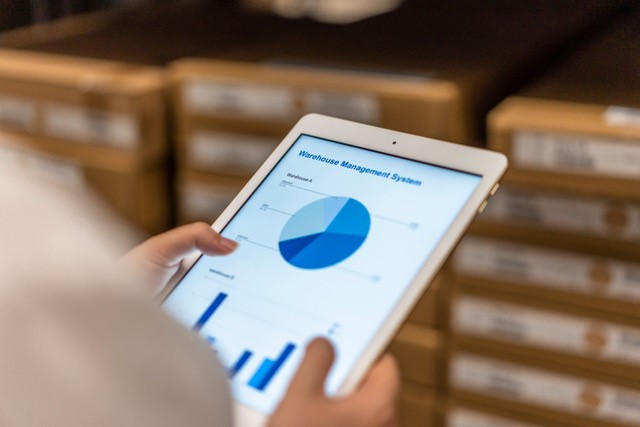Retailers with ecommerce arms have spent a lot of time in recent years strategising about how they can get closer to customers.
Closeness in this context is typically defined in terms of the relationship: understanding purchase behaviours, identifying patterns, personalising offers, creating and measuring the customer experience. When retailers know their customer, they have a better chance at being in front of them with the right offer, at the right price, at the right time.
But increasingly a close relationship is not enough to satisfy customers. Customers also want to be in close physical proximity to the retailer they order from, to shorten times between purchase and when product is delivered into their hands.
This is hard to satisfy if a retailer handles delivery out of one or a handful of very large distribution centres that are set up to serve very broad geographic areas. Outside a handful of well-resourced online hyperscale operators, the logistical effort of running highly centralised while offering same day delivery is a tall order.
For retailers, it means looking at other models of product distribution and online order fulfilment: having a network of smaller sites or hubs that fan out into the suburbs, shortening the distance between the customer and the product they’re ordering, and therefore the time required to get the product between point A and point B.
This model is known as micro-logistics or micro-fulfilment.
If products are selected for each micro-fulfilment site that are most popular for that geographic area, it should mean faster deliveries and same-day (or faster ‘on-demand’) delivery models can be pursued.
Paying for pace
Micro-fulfilment models are increasingly taking the form of subscription-based delivery services, which open the possibility of new revenue opportunities for retailers. Emerging local examples of this include Woolworths’ Metro60; Wesfarmers’ OnePass, which covers Kmart, Target and Catch.
Such services seek to take advantage of growing customer appetite for faster delivery options.
As one 2022 survey found, “over half of Australians expect to pay nothing for one to two days of delivery”. By way of contrast, in another survey, almost 11% of respondents agreed “that delivery within two hours would inspire more online purchases.” In a market already worth $62 billion a year, and growing, even a small percentage is a big number. That’s the growth opportunity that retailers must learn to tap into.
Rather than trying to fight a losing battle with customer expectations and centralised fulfilment, a better alternative is to try to meet customers where they are. That means getting closer to them physically. And, to address a national audience, it means micro-fulfilment at scale.
This is already happening. Gartner predicts that “through 2025, 25% of supply chain decisions will be made across intelligent edge ecosystems.” Making supply chain decisions at the ‘edge’ – i.e. close to customers – suggests micro-logistics models are starting to be used, even if they remain in the minority.
Site selection
In a country with a vast landmass such as Australia, starting from scratch to set up a lot of small, decentralised locations is likely to be expensive.
Early adopters of micro-fulfilment in Australia have tried to offset startup costs by co-locating micro-fulfilment operations with an existing store location. But not every retailer has enough outlets to do that.
For more retailers to be able to embrace micro-logistics or micro-fulfilment models, out-of-the-box thinking will be required.
An alternative, lighter-touch way to achieve the same objective would be to do it through a marketplace strategy: find third-party sellers that are closer to your buying communities, offer products through your central (online) store but have the third-parties look after the packaging and last-mile delivery. This means less upfront cost or footprint, but still enables the retailer to participate in the emerging ‘micro’ market.
Customers still receive the same seamless experience when they place their order; the only difference is it’s fulfilled by another company that meets the retailer’s strict standards for service and delivery, while also having the existing logistics infrastructure in place to be able to move faster.
This model promises to allow more traditional retailers to ‘punch above their weight’, opening the possibility of on-demand delivery services where the retailer would be unable to offer that level of service otherwise.
Dave Uselton is director of product experience at Marketplacer.

